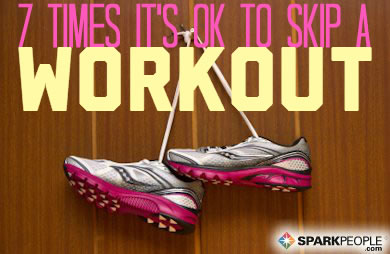Imagine you’re driving on a country road. You’re enjoying the ride and noticing the cars you pass along the way, excited to get to your destination. Suddenly, you see red and blue lights flashing in your rearview mirror and pull over. The officer asks how fast you were going—and you have no idea. You weren’t paying attention to your speedometer, or worse, it’s broken.
Exercising without monitoring your intensity is similar to driving without a speedometer. You may be unsure if your pace is safe, effective, or helping you reach your goals. Using a heart rate monitor (HRM) is a reliable way to track your exercise intensity, helping you exercise safely and efficiently.
What is a Heart Rate Monitor?
A heart rate monitor is an electronic device that tracks your heart rate during exercise. Most systems include a comfortable chest strap and a wrist receiver. The chest strap picks up your heartbeat and sends it to the receiver, which displays your heart rate in real-time. Many models also show calories burned, exercise duration, and more.
Why Use a Heart Rate Monitor?
1. Measure Exercise Intensity
Knowing your intensity is essential for safe and effective workouts. Too low, and you may not achieve health benefits or burn enough calories. Too high, and you risk injury or overtraining. A heart rate monitor shows exactly where you stand so you can adjust instantly—no counting pulses or math needed.
2. Identify Your Target Training Zone
Aerobic training zones usually range between 55% and 85% of your maximum heart rate, depending on fitness and health. Many HRMs calculate your ideal zone based on your age, weight, gender, and resting heart rate, and some even test your fitness level automatically. This ensures you’re exercising at a level that maximizes results safely.
3. Track Calories Burned
Many monitors estimate calories burned more accurately than gym machines or online calculators. This is especially helpful if your goal is weight loss or management.
4. Other Benefits
Most HRMs include timers, alarms, and data storage so you can track progress and report results to your healthcare provider if needed. You can monitor your heart rate in beats per minute (BPM) or as a percentage of your maximum heart rate.
How to Choose a Heart Rate Monitor
There are many options. Consider the features that matter most to you: water resistance, calorie counting, training programs, or the ability to sync data with your computer or phone.
1. Basic models ($20–$70)
-
Display heart rate in BPM
-
Simple timer and stopwatch features
-
Limited style options
2. Intermediate models ($70–$100)
-
Calculate calories burned during workouts
-
Show heart rate in BPM and percentage of max
-
Extra perks like water resistance and style choices
3. Advanced models ($100+)
-
Track detailed workout data (average HR, lap times, time in/out of target zone, calories burned)
-
Store and download data to track progress over time
-
Some offer advanced training programs and recommendations
Consider ease of use. Chest strap monitors are most accurate and provide constant readings, while finger sensors give only occasional readings and are less convenient during exercise.
Remember: Listen to Your Body
Even with a heart rate monitor, it’s important to pay attention to how you feel. Use the Rate of Perceived Exertion (RPE) or the Talk Test along with your HRM to make sure your exercise is safe and effective.
With the right monitor, you’ll never have to exercise in the dark again. You’ll know your intensity, stay motivated, and make every workout count. After all, when it comes to your health, it’s important to listen to your heart—literally.






.jpg)






